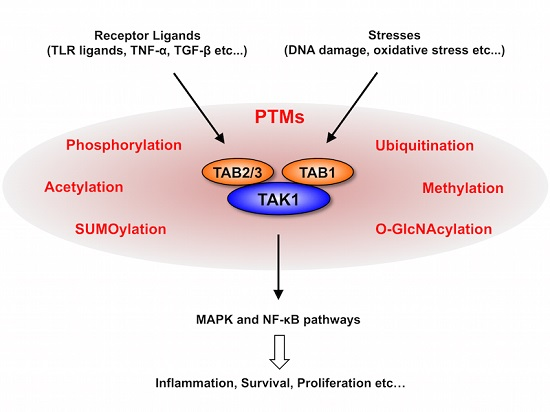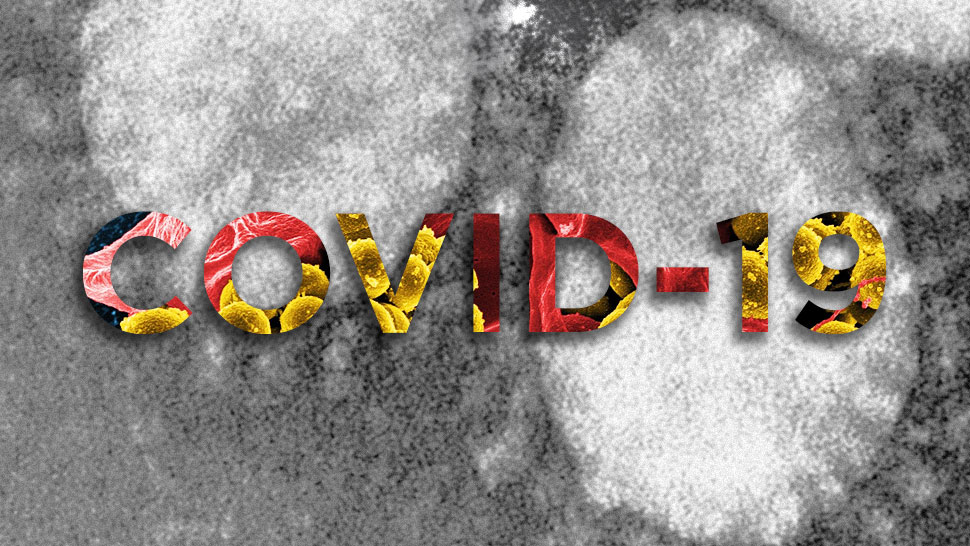TAK1 is an enzyme and signaling molecule in humans encoded by the MAP3K7 gene (a mitogen-activated protein). TAK1 regulates cellular death through various pathways. As we have discussed before, programmed cell death is a normal, physiologic process intended to help remove damaged cells. However, unattended cell death is the direct pathway for human disease. TAK1 contains binding proteins that are responsible for cell viability and tissue balance in a variety of organs.
TAK1 is a key molecular component that can readily determine of the fate of our body’s cells. TAK1 has been typically considered pro-survival, however, recent studies have determined that various factors could cause it to induce cell death. Scientifically speaking, studies are exploring the ability to inhibit TAK1 as a therapeutic approach to killing off rogue cancer cells and stopping chronic inflammatory response.
Continue reading “What is TAK1 and why is it important to inhibit its potentially destructive pathway?”


 hat is the number one reason that New Year’s resolutions fail?
hat is the number one reason that New Year’s resolutions fail?